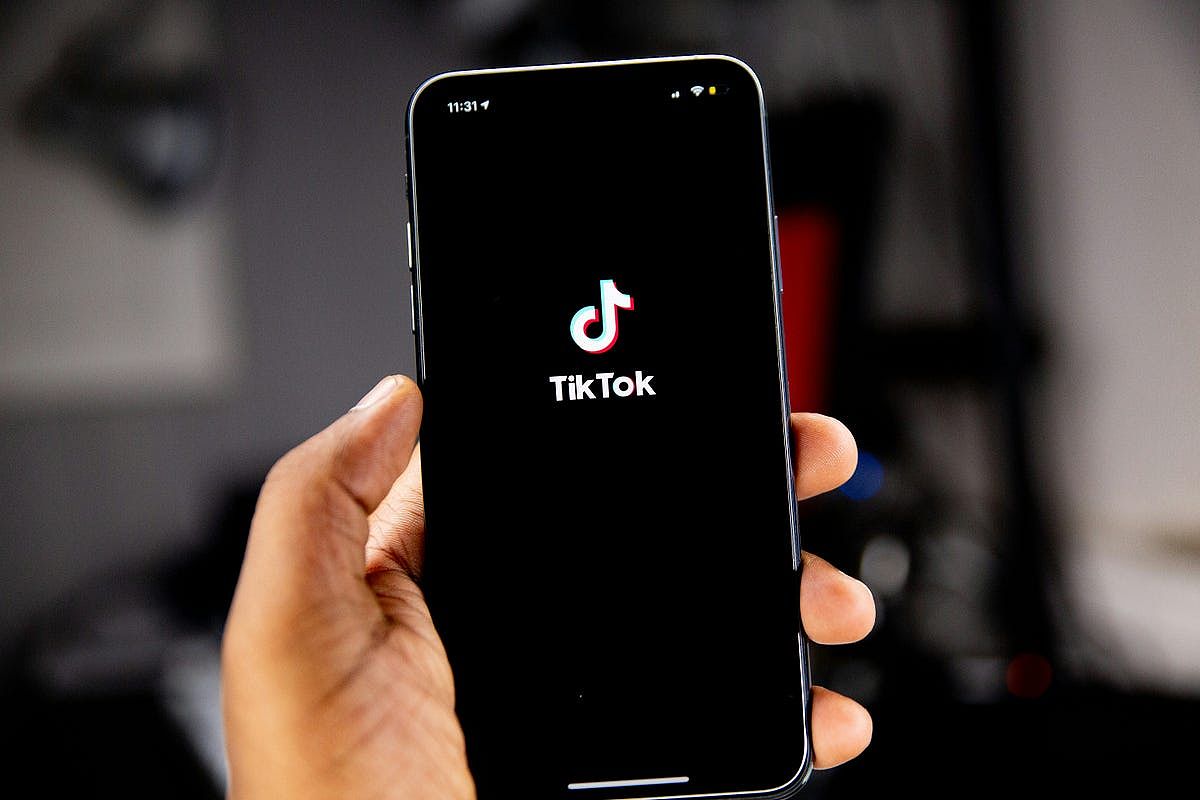Discover the fascinating effects of watching short videos on the brain. Explore the psychology and neuroscience behind the captivating nature of these videos and how they engage our attention. Learn about the role of dopamine, cognitive load, and brain plasticity in shaping our neural connections. Find out how short videos can enhance cognitive function and promote mental well-being in the digital age.
The Fascinating Intersection of Psychology and Neuroscience
In today's modern society, short videos have become an integral part of our daily lives. Whether it's for entertainment on social media or educational content on streaming platforms, short videos capture our attention and provide quick bursts of information and amusement. But have you ever wondered what exactly happens to our brains when we indulge in this form of media? Let's explore the fascinating intersection of psychology and neuroscience to uncover the effects of watching short videos.
From a psychological perspective, the appeal of short videos lies in their ability to capture and engage our attention. Cognitive psychologist Dr. Sarah explains that these videos often employ techniques designed to quickly grab our attention, such as vivid imagery, fast-paced editing, and engaging storytelling. "These elements activate our brain's reward system, triggering the release of neurotransmitters like dopamine," she says.
Dopamine, often referred to as the "feel-good" neurotransmitter, plays a significant role in motivation, reward, and pleasure. When we encounter stimulating content in short videos, our brain's dopamine levels surge, reinforcing the behavior and encouraging us to continue watching. This phenomenon contributes to the addictive nature of short-form video platforms, where users find themselves endlessly scrolling through a stream of captivating clips.
The Impact on Cognitive Load and Attention
Additionally, Dr. Sarah highlights the impact of short videos on cognitive load – the amount of mental effort required to process information. "Unlike longer-form content, which may demand sustained attention and deeper processing, short videos are designed to minimize cognitive load," she explains. By presenting information in bite-sized segments, these videos cater to our preference for easy consumption, making them particularly appealing in today's fast-paced society.
However, Dr. Sarah warns of potential downsides, such as shortened attention spans and reduced ability to concentrate for extended periods. "Continuous exposure to short videos can train our brains to seek instant gratification and novelty, potentially diminishing our capacity for sustained focus," she cautions. To mitigate these effects, she recommends incorporating mindfulness practices and setting limits on screen time to preserve cognitive resilience.
The Neurological Changes and Brain Plasticity
From a neurological perspective, neurologist Dr. James sheds light on the neurological changes that occur when we watch short videos. "Our brains are remarkably adaptable, constantly rewiring themselves in response to our experiences," he explains. Short videos, with their rapid-fire imagery and diverse content, have the power to shape neural connections and influence brain plasticity – the brain's ability to reorganize itself by forming new connections between neurons.
Dr. James emphasizes the role of mirror neurons in this process. "Mirror neurons are specialized cells that fire both when we perform an action and when we observe someone else performing the same action," he says. When we watch short videos depicting various activities, our mirror neurons activate, simulating the experiences depicted on screen. This mirroring effect fosters empathy, social learning, and emotional resonance, enhancing our understanding of the world around us.
The Therapeutic Potential and Mindful Consumption
Furthermore, Dr. James highlights the potential therapeutic applications of short videos in neurorehabilitation. "For individuals recovering from neurological injuries or undergoing cognitive therapy, carefully curated videos can serve as valuable tools for rehabilitation and skill acquisition," he explains. By leveraging the brain's capacity for neuroplasticity, clinicians can tailor video interventions to target specific cognitive abilities and facilitate recovery.
However, Dr. James underscores the importance of moderation and mindful use. "While short videos offer numerous cognitive and emotional benefits, excessive screen time can lead to negative effects, such as eye strain, disrupted sleep patterns, and increased risk of mental health issues," he warns. To promote brain health, he advises maintaining a balanced approach to media consumption, incorporating regular breaks and engaging in offline activities that stimulate cognitive function.
Harnessing the Power of Short Videos for Cognitive Function
In conclusion, the impact of watching short videos on the brain is multifaceted, encompassing both psychological and neurological dimensions. While these videos offer a convenient and engaging form of entertainment and education, it's crucial to approach them mindfully, being aware of their potential effects on attention, cognition, and brain plasticity. By understanding the interplay between psychology and neuroscience, we can harness the power of short videos to enhance cognitive function and cultivate mental well-being in the digital age.

